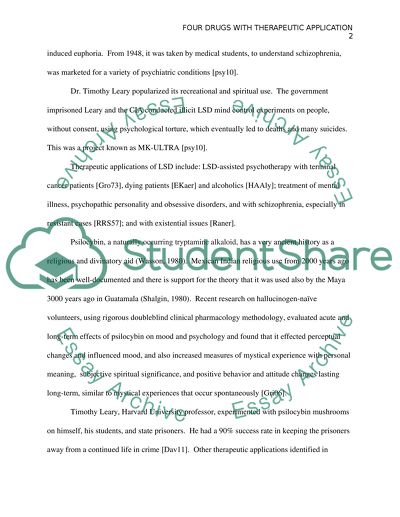Cite this document
(“Four Drugs with Therapeutic Application Research Paper”, n.d.)
Four Drugs with Therapeutic Application Research Paper. Retrieved from https://studentshare.org/psychology/1447613-psychidelics
Four Drugs with Therapeutic Application Research Paper. Retrieved from https://studentshare.org/psychology/1447613-psychidelics
(Four Drugs With Therapeutic Application Research Paper)
Four Drugs With Therapeutic Application Research Paper. https://studentshare.org/psychology/1447613-psychidelics.
Four Drugs With Therapeutic Application Research Paper. https://studentshare.org/psychology/1447613-psychidelics.
“Four Drugs With Therapeutic Application Research Paper”, n.d. https://studentshare.org/psychology/1447613-psychidelics.


